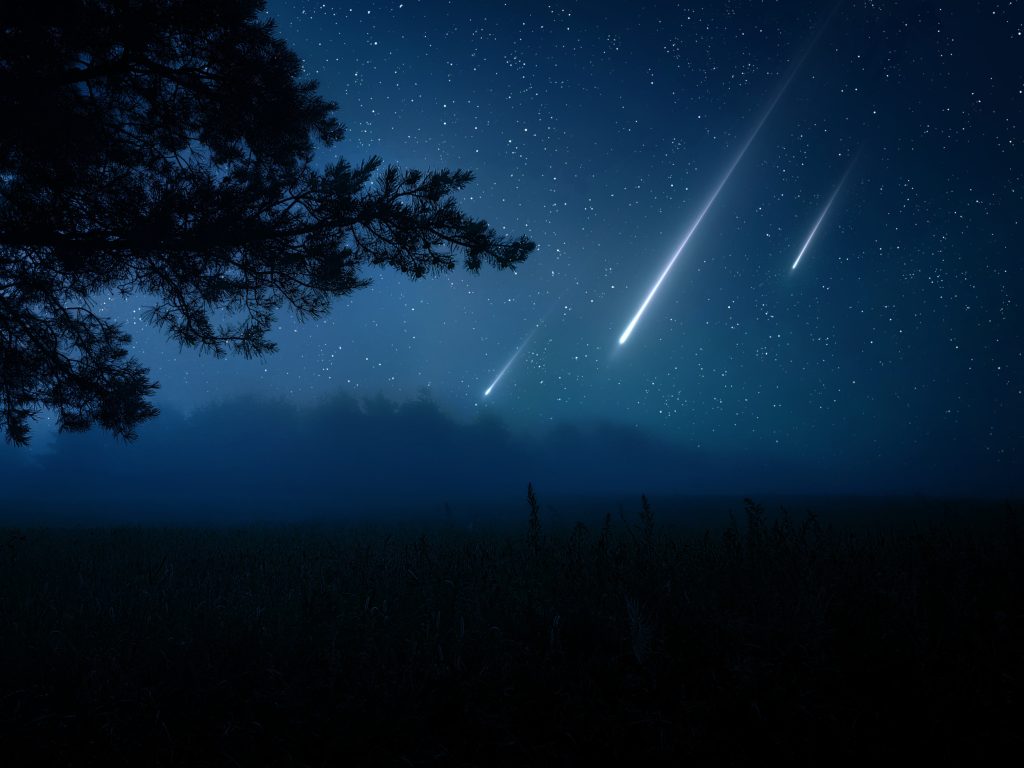Skywatchers have something to look forward to in the coming weeks as the Delta Aquarids meteor shower nears its peak.
This year’s meteor shower is expected to peak on the night of July 29 to July 30, but will be visible from mid-July to mid-August.
The meteors are thought to originate from the constellation Aquarius, specifically near the star Delta Aquarius, so it is called the Delta meteor shower.
How to observe the Delta Aquarids meteor shower
This meteor shower typically produces about 20 meteors per hour, with meteors moving at about 25 miles per second. Meteors from this shower are often very faint with few trails or fireballs, so they are best viewed when there is minimal light pollution from the moon or city lights.
NASA recommends finding a location away from city lights and air pollution for better visibility, and letting your eyes adjust to the darkness for about 20 to 30 minutes.
Luckily, the moon will be about 30% full on nights when it reaches its peak this year, and will rise after midnight after July 28th, so the best time to observe meteors is around midnight, before the moon rises.
ISTOCK / Getty Images Plus
It looks like a meteor is coming From the constellation AquariusIn the Northern Hemisphere, looking south, you can see it between the constellations Capricornus and Pisces. This meteor shower is better visible in the Southern Hemisphere and in southern latitudes in the Northern Hemisphere because its radiant point is higher in the sky.
“If you look halfway between the horizon and the zenith, 45 degrees from the constellation Aquarius, you’ll have a better chance of seeing the Southern Delta Aquarids.” NASA said.
The Delta Aquarid meteor shower is Perseid meteor showerThe Perseids peak in mid-August. During this time, more meteors will be visible in the sky. The Perseid meteors appear to come from the constellation Perseus.
Cause of the Delta Aquarids meteor shower
Meteor showers are usually caused by the Earth passing through a stream of debris left behind by a comet. As the comet approaches the Sun, it ejects gas and dust that form a stream along the comet’s orbit and remain in its path even after the comet moves away.
As the Earth orbits the Sun, it periodically intersects with streams of these cometary debris. When the Earth passes through this debris field, the particles enter the Earth’s atmosphere and encounter friction with the air at high speeds, causing the particles to heat up and vaporize, forming streaks of light called meteors.
“If the Earth happens to pass through a stream of dust and debris dropped by a comet, a meteor shower occurs. The dust hits the atmosphere, vaporizes at a height of about 80 kilometers (50 miles) above the Earth, and becomes visible from the ground as meteors (or ‘shooting stars’),” said Jonty Horner, professor of astrophysics at the University of Southern Queensland in Australia. Newsweek.
Because the debris stream is generally stable and follows the same orbit as the parent comet, the meteor shower occurs each year on the same day that the Earth intersects with the debris stream, which is why the Delta Aquarids meteor shower occurs at this time every year.
Astronomers aren’t entirely sure which comet caused this meteor shower, but it’s most likely 96P/Machholz, a comet that orbits the Sun roughly every five years. National Aeronautics and Space Administration (NASA).
Do you have any tips for scientific articles? Newsweek What should we cover? Have a question about meteor showers? Contact us at [email protected].
Rare knowledge
Newsweek is committed to challenging conventional wisdom, seeking common ground and finding connections.
Newsweek is committed to challenging conventional wisdom, seeking common ground and finding connections.


